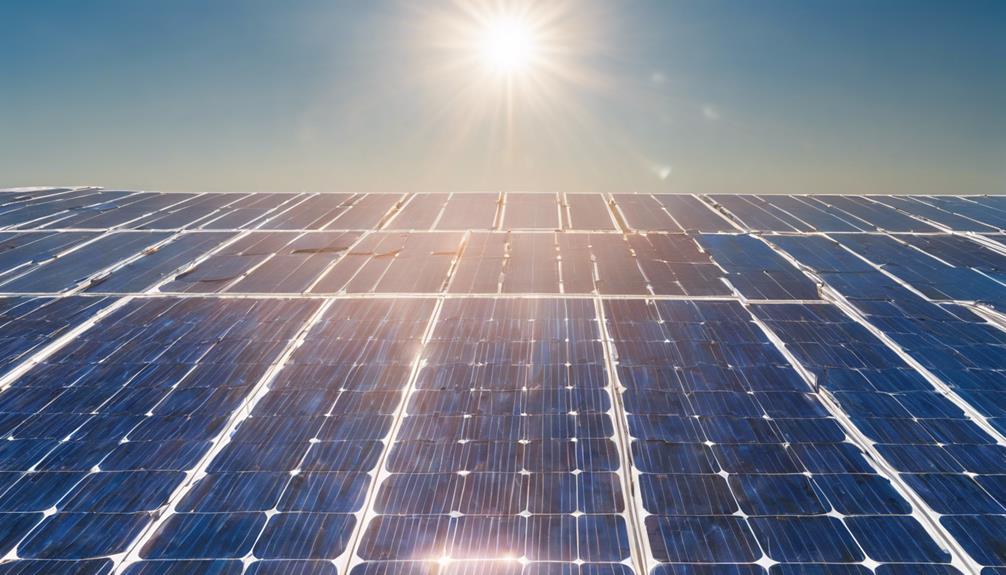
Understanding Solar Power Home Panels
Solar power home panels, commonly known as solar photovoltaic (PV) panels, are devices that convert sunlight into electricity. This renewable energy source has gained immense popularity in recent years, driven by the need for sustainable energy solutions. By harnessing the sun’s energy, homeowners can significantly reduce their electricity bills while contributing to a cleaner environment. In this comprehensive guide, we will explore everything you need to know about solar power home panels, from their benefits to installation and maintenance.
The Benefits of Installing Solar Power Home Panels
One of the most compelling reasons to invest in solar power home panels is the financial savings. By generating your own electricity, you can drastically cut down on utility costs. Many homeowners report savings of 50% or more on their energy bills after installing solar panels. Additionally, solar energy systems can increase your property value, making it an attractive investment. Moreover, solar power is eco-friendly, reducing your carbon footprint and reliance on fossil fuels. With incentives such as tax credits and rebates available in many areas, the initial investment becomes even more appealing.
How Solar Power Home Panels Work
Solar power home panels work by capturing sunlight using photovoltaic cells, which are typically made from silicon. When sunlight hits these cells, it creates an electric field that generates direct current (DC) electricity. This DC electricity is then converted into alternating current (AC) electricity through an inverter, making it usable for household appliances. Any excess energy generated can be stored in batteries or fed back into the power grid, allowing homeowners to earn credits or compensation. Understanding this process is crucial for homeowners who want to make informed decisions about their solar energy systems.
Choosing the Right Solar Power Home Panels
When it comes to selecting solar power home panels, there are several factors to consider. First, evaluate the efficiency of the panels, which indicates how well they convert sunlight into electricity. High-efficiency panels may cost more upfront but can provide greater long-term savings. Additionally, consider the warranty offered by manufacturers, as this can reflect the quality and durability of the panels. It’s also essential to assess the type of panel—monocrystalline, polycrystalline, or thin-film—based on your specific energy needs and budget. Consulting with a solar energy expert can help you make the best choice for your home.
Installation Process of Solar Power Home Panels
The installation of solar power home panels typically involves several steps. First, a site assessment is conducted to determine the optimal placement of the panels for maximum sunlight exposure. Next, the installation team will secure permits and finalize the design of the solar system. Once everything is approved, the actual installation begins, which usually takes one to three days, depending on the size of the system. After installation, the system will be connected to your home’s electrical system and tested to ensure it operates correctly. Understanding this process can help homeowners prepare for the transition to solar energy.
Maintenance and Care for Solar Power Home Panels
One of the significant advantages of solar power home panels is their low maintenance requirements. Generally, solar panels are designed to be durable and can last 25 years or more with minimal upkeep. However, regular cleaning and inspections are essential to ensure optimal performance. Dust, leaves, and snow can accumulate on the panels, blocking sunlight and reducing efficiency. Homeowners should periodically inspect their solar panels for any damage or debris and, if necessary, hire a professional cleaning service. By maintaining your solar power home panels, you can maximize their lifespan and energy output.
Understanding the Costs of Solar Power Home Panels
The cost of solar power home panels can vary significantly based on several factors, including the size of the system, the type of panels chosen, and installation costs. On average, homeowners can expect to pay between $15,000 and $30,000 for a complete solar system before incentives. However, federal and state tax credits can reduce this cost substantially. Additionally, many homeowners opt for financing options like solar loans or leases to spread out payments. Understanding the total cost of ownership, including maintenance and potential savings on utility bills, is crucial for making an informed decision.
The Future of Solar Power Home Panels
The future of solar power home panels looks promising, with ongoing advancements in technology and increased adoption rates. Innovations such as solar shingles and more efficient photovoltaic cells are making solar energy even more accessible and affordable for homeowners. Furthermore, as more individuals and businesses invest in renewable energy, the push for sustainable practices continues to grow. The global shift towards cleaner energy sources is not just a trend but a necessary step towards combating climate change. Embracing solar power home panels is a proactive approach to contributing to a sustainable future.
In conclusion, solar power home panels present a viable solution for homeowners looking to reduce their energy costs and environmental impact. By understanding the benefits, workings, and maintenance of solar systems, you can make an informed decision that aligns with your energy needs and financial goals. As the technology continues to evolve, now is the ideal time to consider making the switch to solar power.





